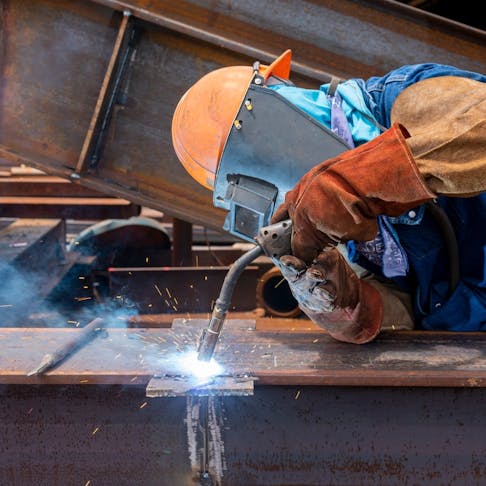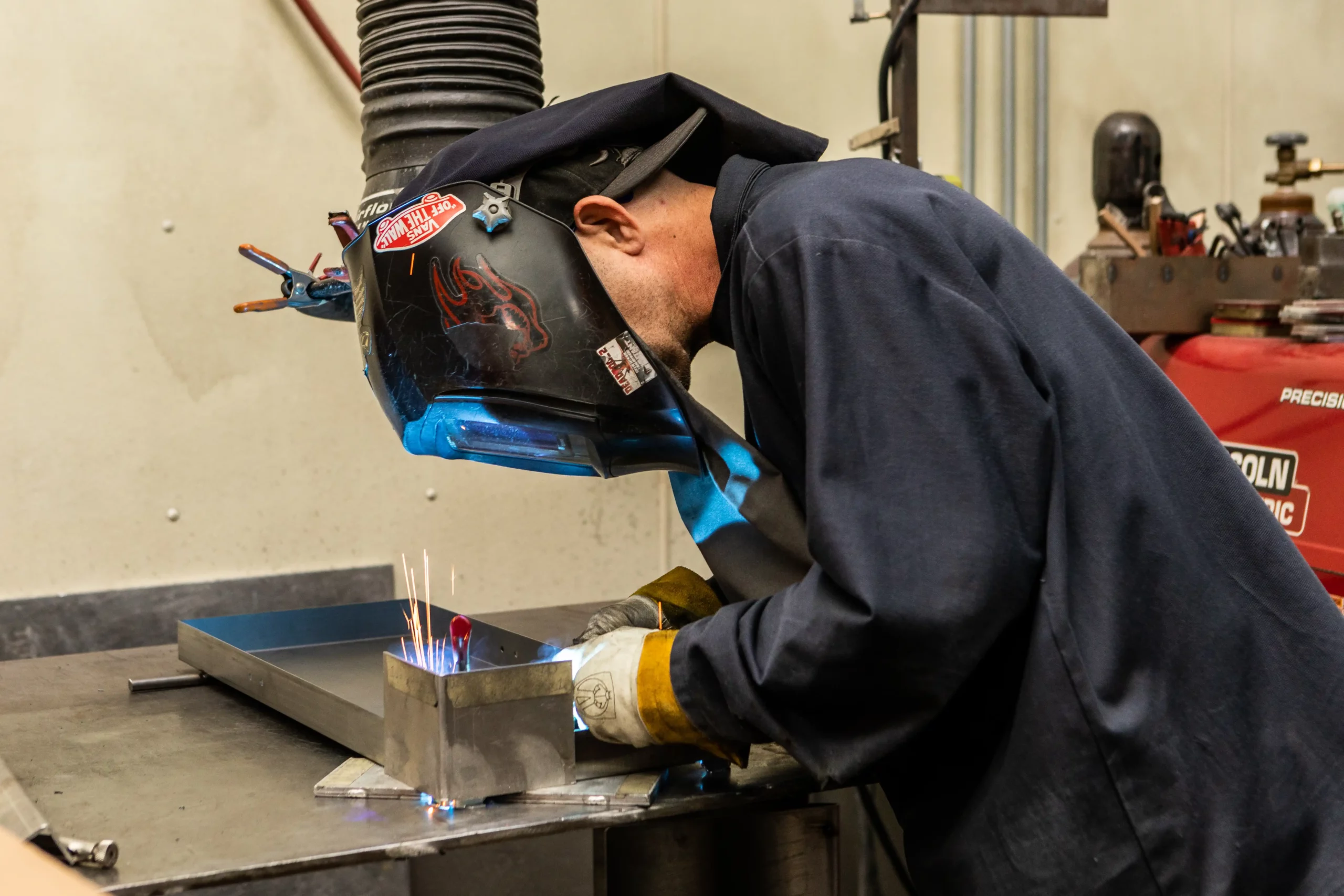Bonding WPS for Beginners: Getting Started with Welding Procedure Specs
Bonding WPS for Beginners: Getting Started with Welding Procedure Specs
Blog Article
The Ultimate Guide to Welding WPS Procedures: An Extensive Summary for Welders
In the intricate world of welding, Welding Treatment Requirements (WPS) serve as the backbone of making sure top quality, uniformity, and security in welding operations (welding WPS). As we delve into the various components of a WPS and check out the intricacies of qualification and certification, we will reveal the essential duty these treatments play in the world of welding.
Significance of WPS Procedures
Comprehending the importance of Welding Procedure Requirements (WPS) treatments is critical for making certain the top quality and integrity of bonded structures. WPS treatments serve as a roadmap for welders, describing the required actions, specifications, and products required to attain an audio weld. By sticking to WPS guidelines, welders can ensure uniformity in their job, resulting in trusted and structurally sound welds.
One of the primary factors why WPS procedures are necessary is their role in preserving weld top quality and stability. Adhering to the specified welding parameters and methods laid out in the WPS helps stop issues such as porosity, splitting, or incomplete blend, which can endanger the toughness and toughness of the weld.

Parts of a WPS
A Welding Procedure Specification (WPS) generally comprises important elements that information the particular requirements for implementing a weld, making sure uniformity and quality in the welding process. The crucial components of a WPS include essential variables such as base steels, filler metals, interpass and preheat temperature levels, welding processes, shielding gases, welding placements, and post-weld warmth therapy requirements.
Base metals refer to the materials being signed up with, while filler steels are utilized to fill up the void between the base metals during welding. The welding process details the specific method to be utilized, whether it's gas metal arc welding (GMAW), shielded metal arc welding (SMAW), or another method. Welding placements define the alignments in which welding can be done.

Certification and Certification
Having actually developed the vital components of a Welding Treatment Spec (WPS), the emphasis now moves in the direction of the crucial facets of qualification and certification in welding methods.

Qualification, on the other hand, is the official recognition of a welder's credentials by a relevant certification body or company. Welding certifications are normally based upon the details welding procedures, materials, and placements a welder is qualified to work with. Holding a legitimate welding qualification demonstrates that a welder fulfills market standards and is experienced to carry out welding jobs to the called for requirements.
Developing a WPS
To establish a Welding Procedure Requirements (WPS) that fulfills market criteria, careful consideration of welding processes, materials, and functional parameters is necessary (welding WPS). The very first step in developing a WPS is to determine the welding procedure to be utilized, such as gas steel arc welding (GMAW) or shielded metal arc welding (SMAW) When the welding procedure is identified, the following vital element is selecting the proper products, considering elements like next base steel type, thickness, and joint layout. Operational criteria such as welding existing, voltage, traveling find out here rate, and securing gas make-up should likewise be carefully specified in the WPS.

Executing and Keeping An Eye On WPS
Upon finalizing the comprehensive Welding Treatment Requirements (WPS) that meticulously information welding processes, materials, functional criteria, and quality control measures, the focus changes to successfully applying and checking the recognized treatments. Application includes making sure that all welders associated with the task know with the WPS and follow it meticulously during the welding procedure. This needs supplying sufficient training and guidance to guarantee adherence to the defined treatments. Monitoring the WPS includes constant oversight to confirm that welding activities straighten with the recorded specifications. Evaluations, testing, and quality assurance steps are essential components of the monitoring process to recognize any problems or inconsistencies quickly. Regular audits and testimonials of the welding treatments help in keeping consistency and top quality throughout the task. Effective application and surveillance of the WPS are crucial for guaranteeing the integrity, toughness, and safety of the welded joints, eventually contributing to the general success of the welding project.
Final Thought
Finally, understanding and complying with Welding Treatment Specifications (WPS) is important for welders to make certain high quality, consistency, and safety in their work. By understanding the parts of a WPS, acquiring appropriate qualifications and accreditations, creating detailed procedures, and implementing and monitoring them efficiently, welders can enhance their skills and proficiency in welding techniques. Following WPS procedures is essential for producing top quality welds and conference market requirements.
In the complex globe of welding, Welding Treatment Specs (WPS) offer as the backbone of ensuring top quality, consistency, and safety and security in welding procedures. The welding process outlines the specific method to be utilized, whether it's gas metal arc welding (GMAW), protected metal arc welding (SMAW), or one more approach.To establish a Welding Procedure Specification (WPS) that meets sector requirements, cautious consideration of welding procedures, materials, and functional specifications is vital. The first action in producing a WPS is to recognize the welding process to be used, such as gas metal arc their explanation welding (GMAW) or secured metal arc welding (SMAW)Upon finalizing the thorough Welding Treatment Specification (WPS) that meticulously details welding processes, materials, functional parameters, and quality guarantee measures, the focus moves to properly implementing and checking the well-known procedures.
Report this page